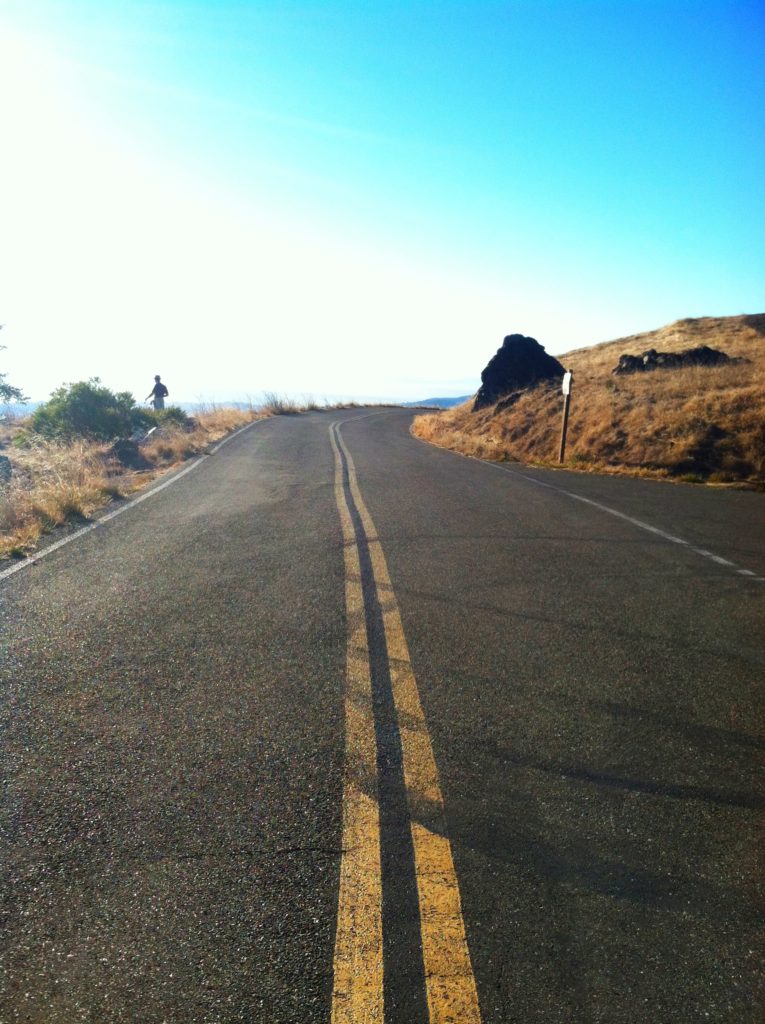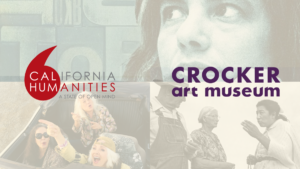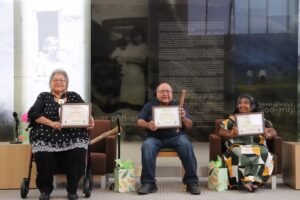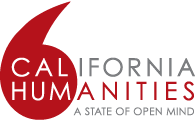At the end of 2019, we began a year-long listening tour around the state, wanting to learn more about how communities intersect with and benefit from the humanities – and then the pandemic happened. We continued to Zoom across the state and heard from a variety of perspectives; the conversations changed, of course, with all that happened in the world in 2020, and deepened our understanding of how much the humanities community – and all of us, perhaps – adapted in response, and has continued to adapt in the past year.
We asked writer Chelsea Davis to synthesize what we learned, and this is a portion of her summary report. We will be taking all the findings with us into 2022 as we refresh our strategic framework and consider how we might help build a statewide humanities network.
Between October 2019 and September 2020, California Humanities staff conducted a series of 23 listening sessions, seeking answers to three questions: What humanities content is being provided in communities across California, and who is producing it? How are these humanities practitioners intersecting with each other? And how can humanities awareness and programming be strengthened throughout the state? In total, these in-person and online meetings convened over 175 humanities practitioners representing over 150 organizations, ranging from nonprofits, museums, and media to foundations and universities. Participants’ hometowns stretched from San Diego to Yreka, from the state’s largest city (Los Angeles) to its second-most rural county (Inyo County). Below are the main threads that emerged from these listening sessions.
- COVID’s impact: upsides for some humanists. Participants lamented the loss of an in-person humanities scene, but many also noted silver linings to the pandemic. Shifting to virtual programming during shelter-in-place, for instance, has enabled organizations to attract substantially larger and further-flung audiences. Libraries and universities have also taken the opportunity to document local history as it unfolds, collecting COVID diaries, artifacts, and oral histories.
- COVID’s impact: largely detrimental for others. By contrast, some speakers emphasized the harm that COVID has done to the humanities where they live. Many groups that work with vulnerable populations have temporarily shifted towards providing essential services to constituents newly robbed of income, health, and childcare. Even those organizations with the money and time to produce socially distanced, online programming during the pandemic feel that these events do not benefit rural constituencies for whom the internet is cost-prohibitive or unreliable.
- Best practices for engagement. In terms of heightening participation among communities underserved by the humanities, over a third of the listening sessions noted the importance of tapping into the social issues that directly impact the desired audience, particularly when that audience is young. One means to this end is to find where the humanities are already happening in the community and then to provide those individuals and events with additional material resources and training. Relatedly, if a humanities project is being created about a given group of people (e.g., in a museum exhibit), the members of that group should be involved in designing the program.
- Collaboration is key. Universities were the most frequently cited hubs of local humanities collaboration. Libraries were the second most commonly mentioned local humanities hotspot and excel in engaging underserved populations. Other connection points include broadcast media, museums, fairs, and cultural centers. Humanists from small and young organizations find collaboration useful because it enables the sharing of material resources (equipment and space) and institutional and subject-area knowledge. In addition, organizations of all sizes note that co-sponsoring programs garner greater publicity and legitimacy for events.
- What hinders collaboration? Participants from a less collaborative milieu listed several barriers to intra-humanities cooperation: the absence of a larger connecting and communicative structure; a shortage of time, within understaffed organizations, for cultivating these partnerships; and sometimes competition between organizations for funding, audience attention, and space.
- Most interviewees endorse increasing statewide collaboration. The majority of participants favored connecting more substantially with humanities practitioners across California. The most enthusiastic supporters were those who also characterized their local humanities networks as robust and productive; others want to prioritize a local approach: finding funding and/or collaborating with nearby colleagues who better understand their region’s needs.
Broadly speaking, California’s humanities practitioners sincerely want to connect with one another on scales small and large—so long as doing so is made feasible for them in terms of time and money.
